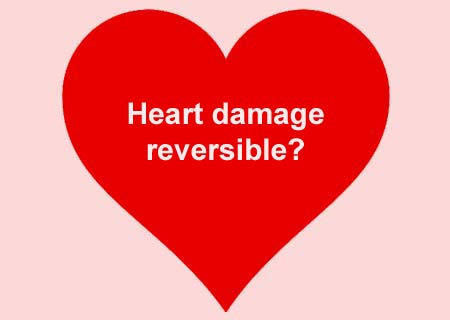A study just claimed diet soda to be a possible risk factor for heart diseases. This study by scientists at Cedars-Sinai Heart Institute, has disclosed a new technique for the treatment of heart attacks.
According to the investigators, infusing heart attack patients with cells derived from their own heart could help the impaired heart recreate healthy muscles. As part of the study, 25 patients aged 53 on an average were examined. These subjects encountered heart attacks that harmed their heart muscles. Every patient was exposed to detailed imaging scans so that professionals could locate the scars of heart attack more precisely.
About 8 persons were included in the control group who experienced the standard treatment given to heart attack patients. The course of treatment included dietary guidelines, exercise recommendations along with prescription medicines.
“While the primary goal of our study was to verify safety, we also looked for evidence that the treatment might dissolve scar and regrow lost heart muscle,†commented Eduardo Marbán, MD, PhD, the director of the Cedars-Sinai Heart Institute.
The other 17 patients who received stem cells were first exposed to a minimally invasive biopsy. By means of a catheter introduced via a vein in the patient’s neck, doctors took off minute pieces of heart tissue that were smaller than the size of a raisin.
The biopsied heart tissue was then accessed in the lab to culture and multiply the cells. In the final step, the patient’s coronary arteries were filled with the multiplied heart-derived cells in a catheter procedure.
The outcomes of the study showed that patients who underwent stem cell treatment seemingly encountered 50% decrease in their heart attack scars after 12 months of infusion. On the other hand, patients who faced the standard treatment did not seem to experience narrowing of damaged tissues.
The findings could offer a ray of hope to people with impaired heart tissues who believe that damaged heart muscles cannot be regenerated. This article is published in the journal, The Lancet.

